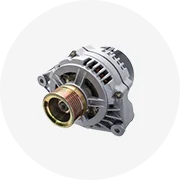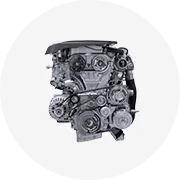Concrete Sleepers
Concrete sleepers are manufactured using prestressed concrete, offering exceptional durability and strength. They are ideal for heavy and high-speed train services due to their high abrasion resistance and load-bearing capacity. Concrete sleepers are resistant to fire and pests, require minimal maintenance, and are commonly used in modern railway lines. However, they are heavier than other types, making installation more challenging, and their initial cost is relatively high.


































































